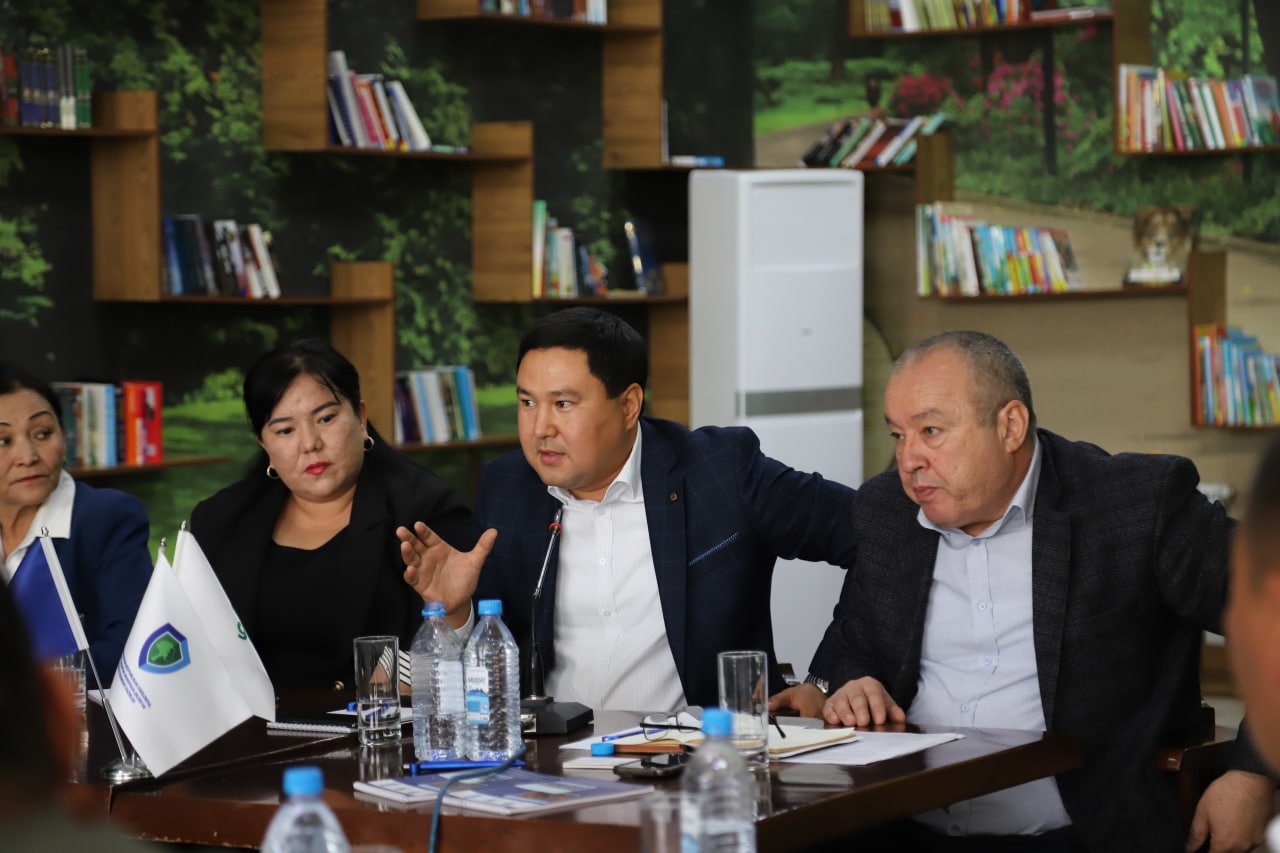
On September 19-20 of this year, a seminar was held in the Muynak and Amudarya regions of the Republic of Karakalpakstan.
The event was organized within the framework of a joint project of the Ministry of Ecology, Environmental Protection and Climate Change, the United Nations Development Program and the Global Environment Facility (GEF) «Conservation and sustainable management of lakes, wetlands, and riparian corridors as pillars of a resilient and land degradation neutral Aral basin landscape supporting sustainable livelihoods».
The event was attended by representatives of government and non-governmental organizations, as well as the media.
It should be noted that this project encompasses practical work on the conservation and sustainable management of lakes and wetlands in the Aral Sea region.
For reference: Wetlands are one of the most biodiverse and valuable ecosystems in the world. Today, lakes, wetlands, and coastal ecosystems are preserved in the Aral Sea basin. Uzbekistan is an important flyway for many migratory bird species. For example, the Sudochye, Dengizkul, and Aydar-Arnasay lake systems are the main habitats for migratory birds.
The goal of the project is to promote ecosystem sustainability and improve livelihoods in the Lower Amu Darya and Aral Sea basins by preventing soil degradation alongside comprehensive land and water resource management in productive landscapes around protected natural areas (PAs), key biodiversity areas(KBA) and key bird areas (BIAs).
The target (pilot) areas of the project are the lower reaches of the Amu Darya and the Aral Sea basin, located in the south and southwest of Uzbekistan. Administratively, this territory includes the Alat, Karakul districts of the Bukhara region, as well as the Amudarya and Muynak districts of the Republic of Karakalpakstan.
The project's target areas include most of the natural ecosystems, such as wetlands, lakes, and coastal areas of the Amu Darya basin. Additionally, these areas suffer from the most degradation of pastures and irrigated areas, with a large part of them being affected by salinization.
The project activities are aimed at addressing the causes of land degradation, water scarcity, and biodiversity loss, which are directly linked to the reduction and loss of lakes, wetlands, and riparian biodiversity in this arid landscape.
Within the project, newly established protected areas will be developed, such as the national natural parks “Southern Ustyurt”, “Aralkum”, “Central Kyzylkum”, nature reserves “Sudochye-Akpetki”, “Barsakelmas” with a total area of more than 3 million hectares.











